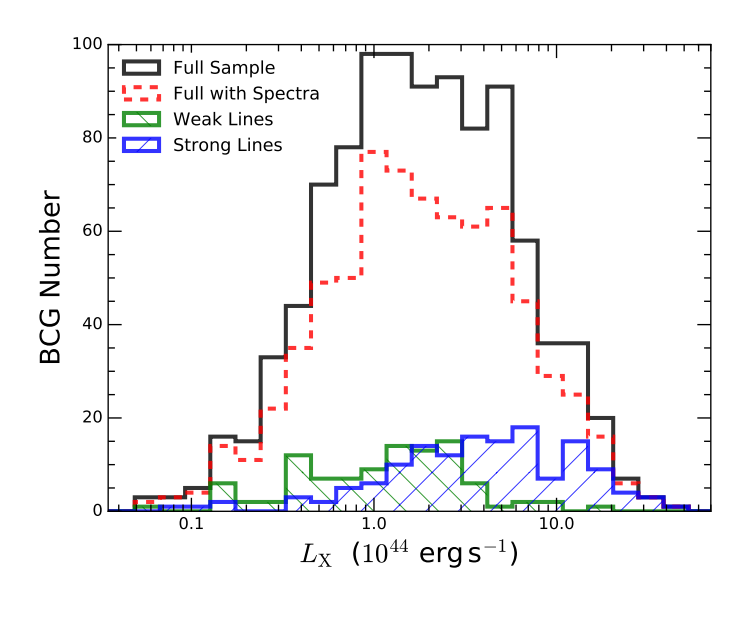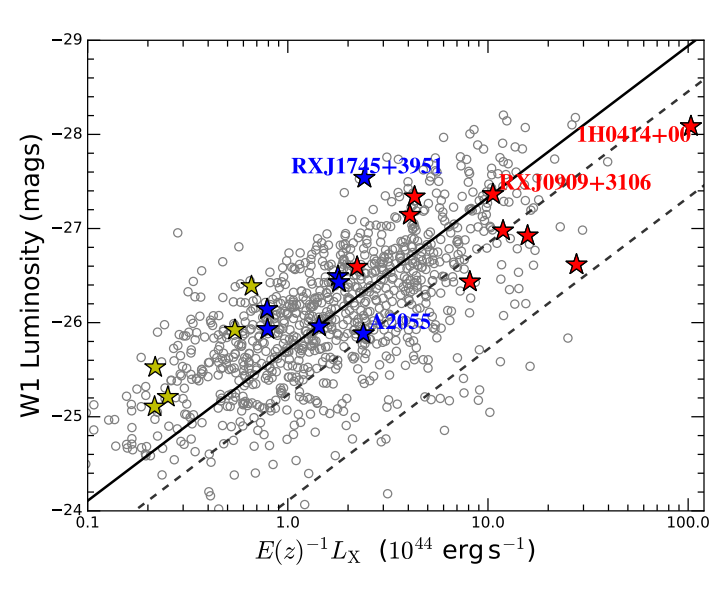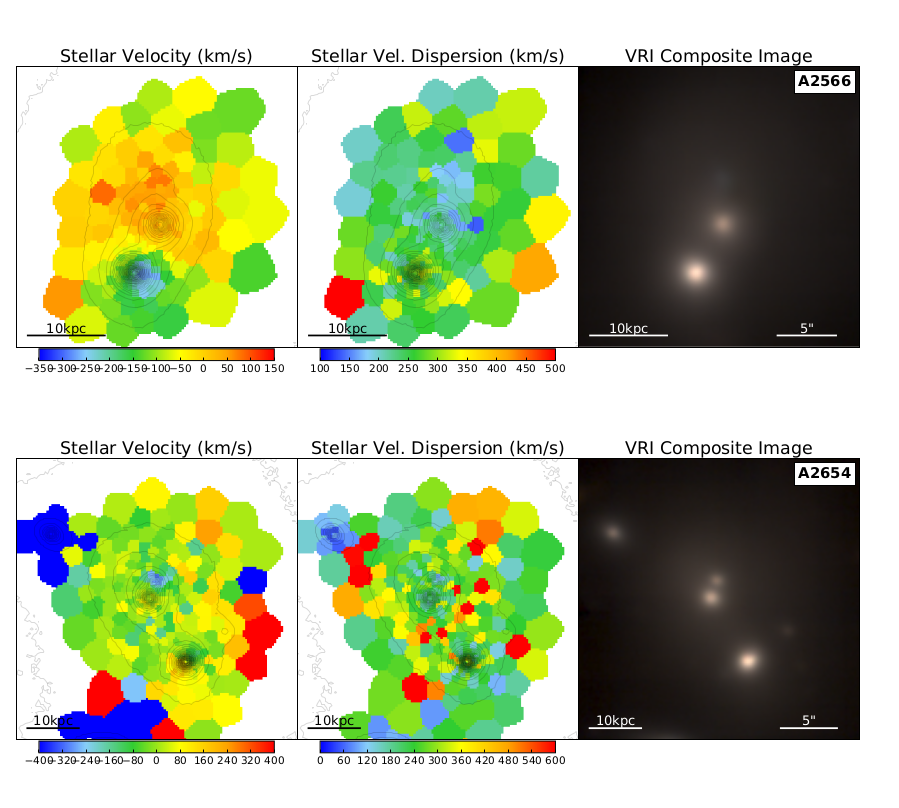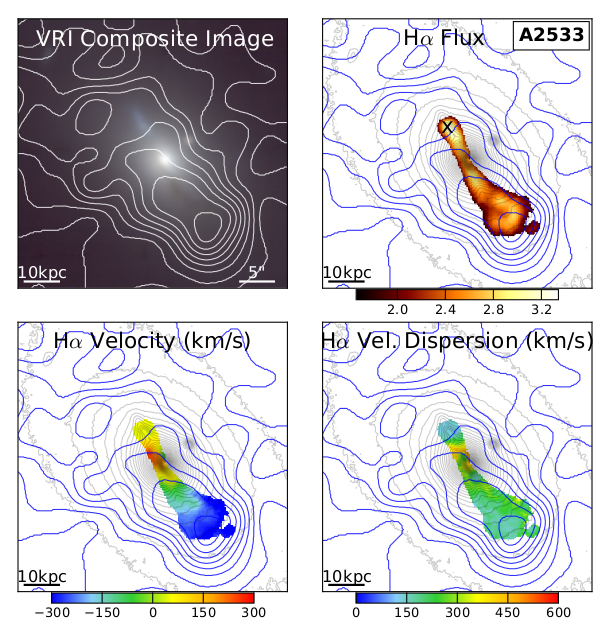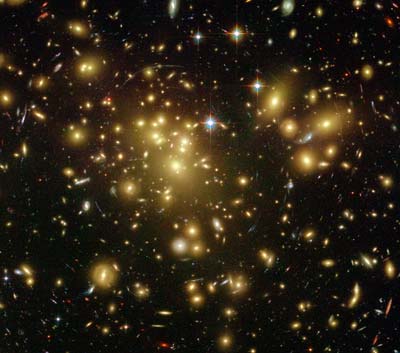
Atrophysics Research.
From 2013 through to 2017 I was a postgraduate researcher at the Centre for Extragalatic Astronomy at Durham University, working with Professor Alastair Edge.
My research area was the massive galaxies at the centre of clusters of galaxies. These are known as the Brightest Cluster Galaxies or BCGs for short.
